 DEVAN ENCE
.
October 11, 2022
.
Blood Sweat and Gears
DEVAN ENCE
.
October 11, 2022
.
Blood Sweat and Gears
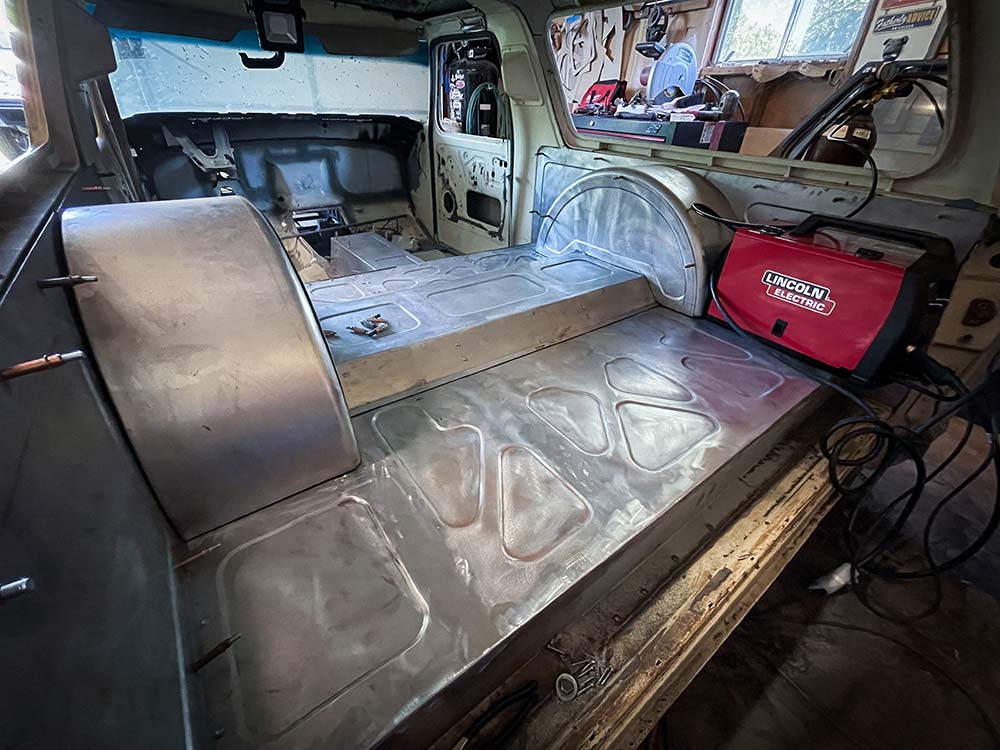
When modifying your vehicle, many times the factory or replacement panels no longer fit the build, and so it becomes necessary to build custom panels to fit your needs. Some of the most common places custom panels become necessary are floors, inside beds, and engine bays. Not only are they functional but they can also help take your build to the next level by producing a one-of-a-kind look.
One of the most important things to remember when building panels is to keep everything functional and strong. You can add strength and rigidity by bead rolling or breaking an edge. Common gauges for custom panels are 16, 18, and 20; just make sure you are using appropriate sheetmetal thicknesses for the location of your panels.
The steps below are just a way to get you started. There are a lot of amazing fabricators out there who use different techniques, so don’t be afraid to experiment with what works best for you and your build. This process may seem complicated but remember, it’s just metal.
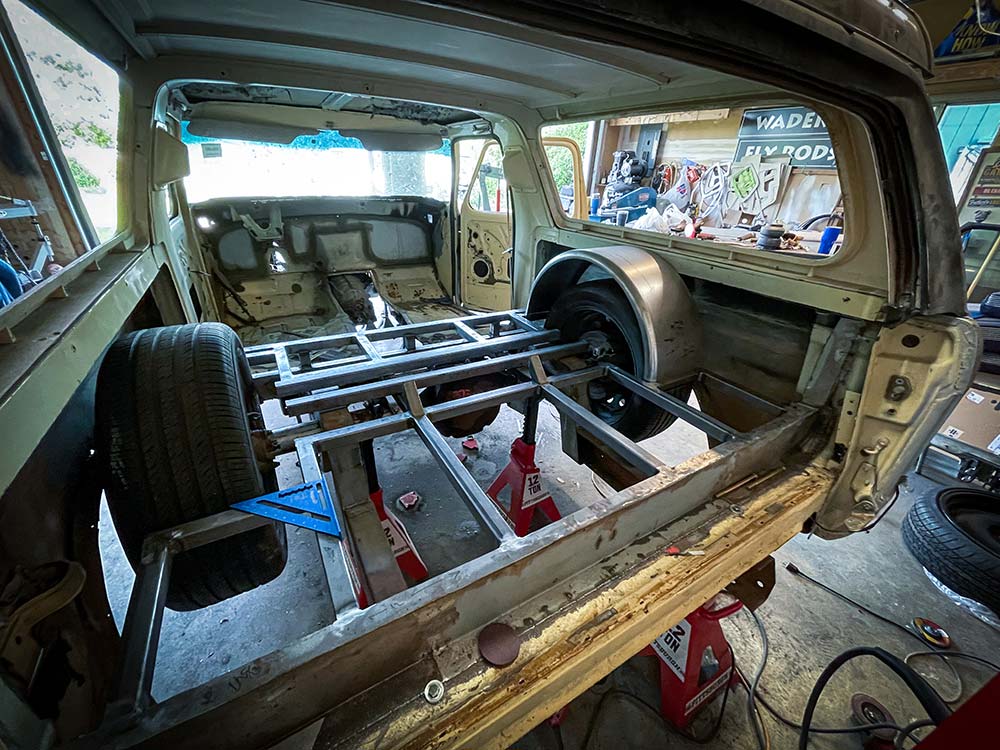
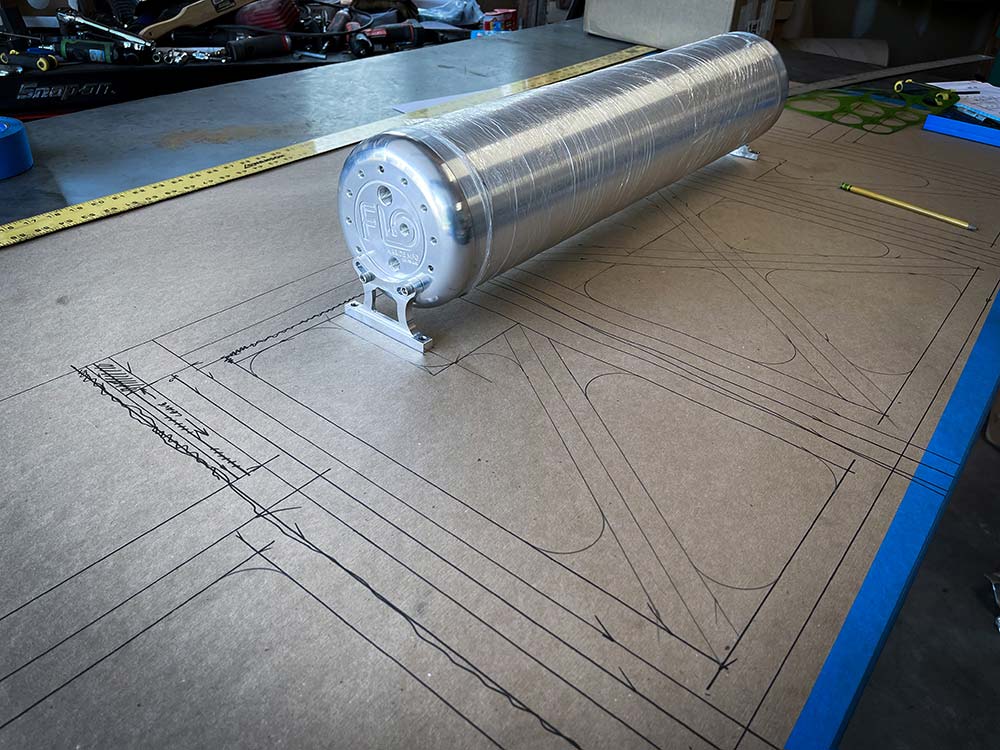
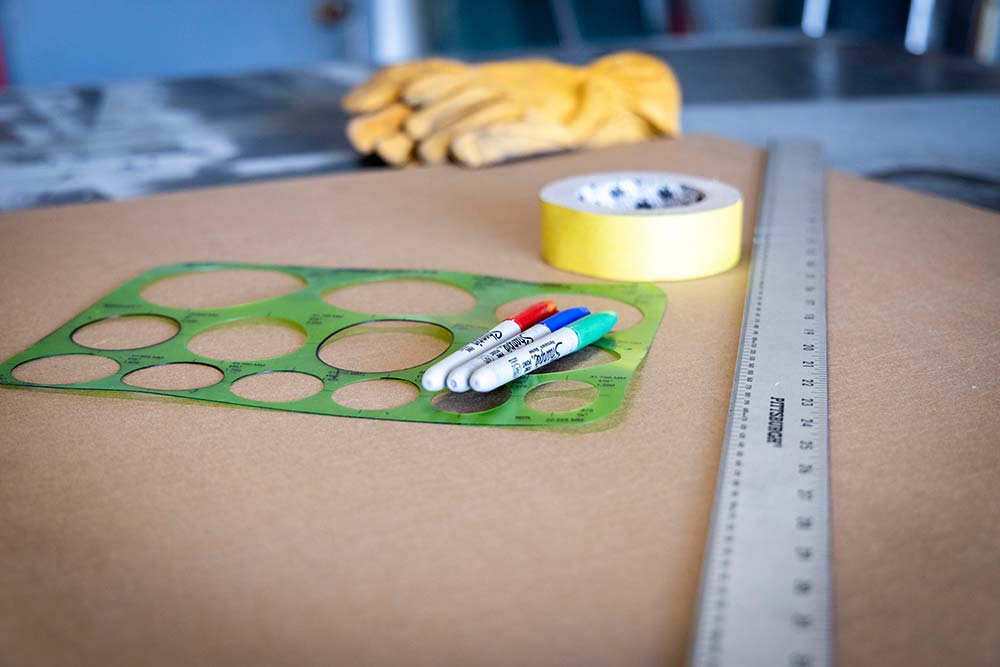
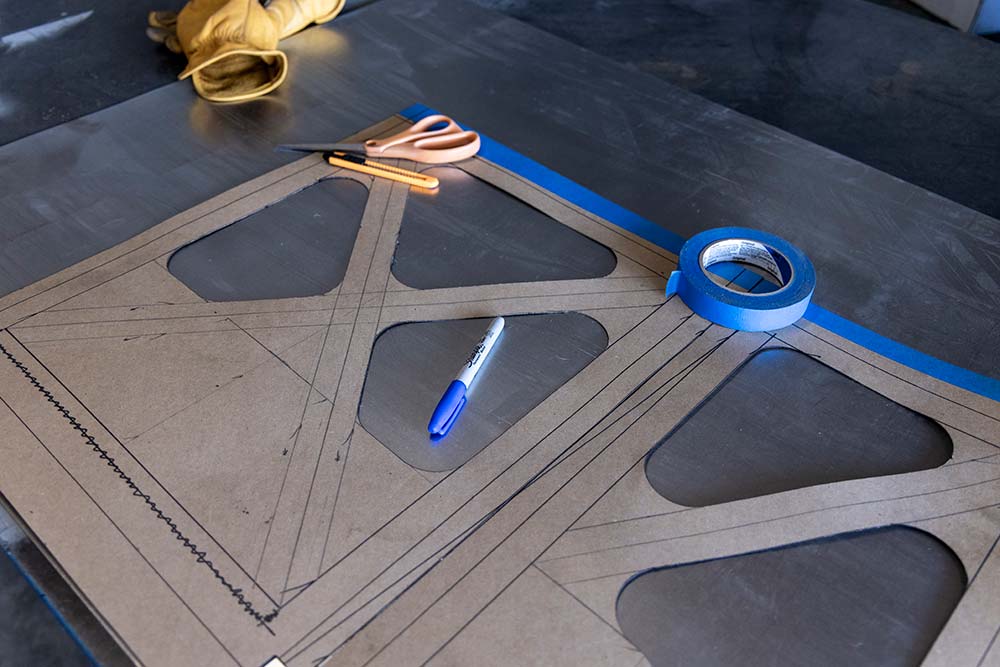
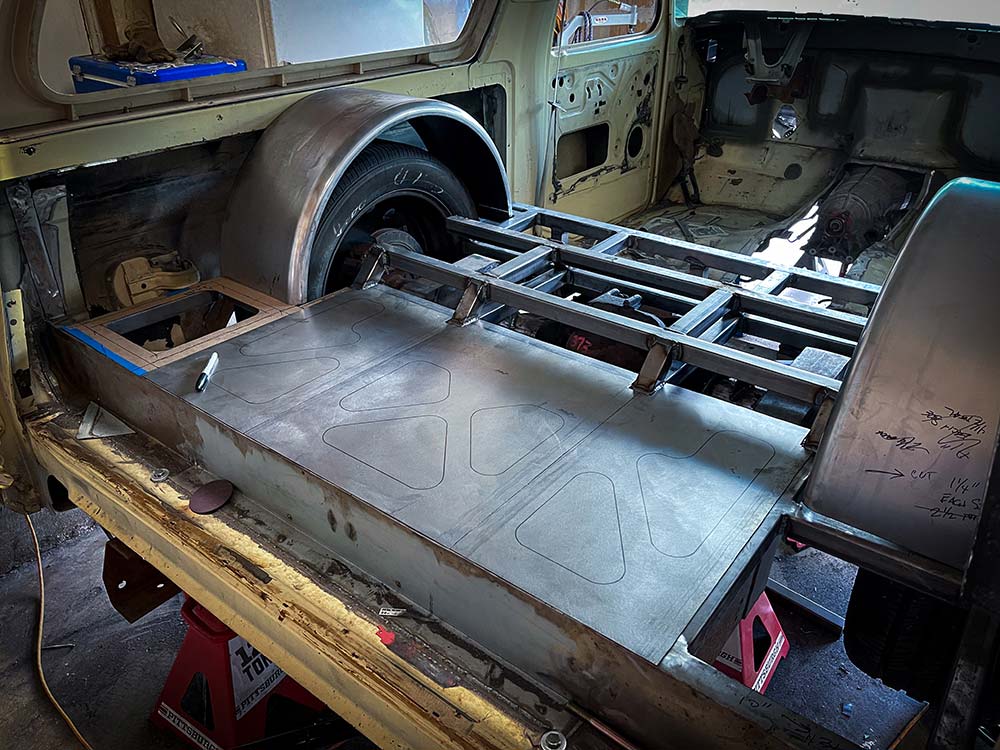
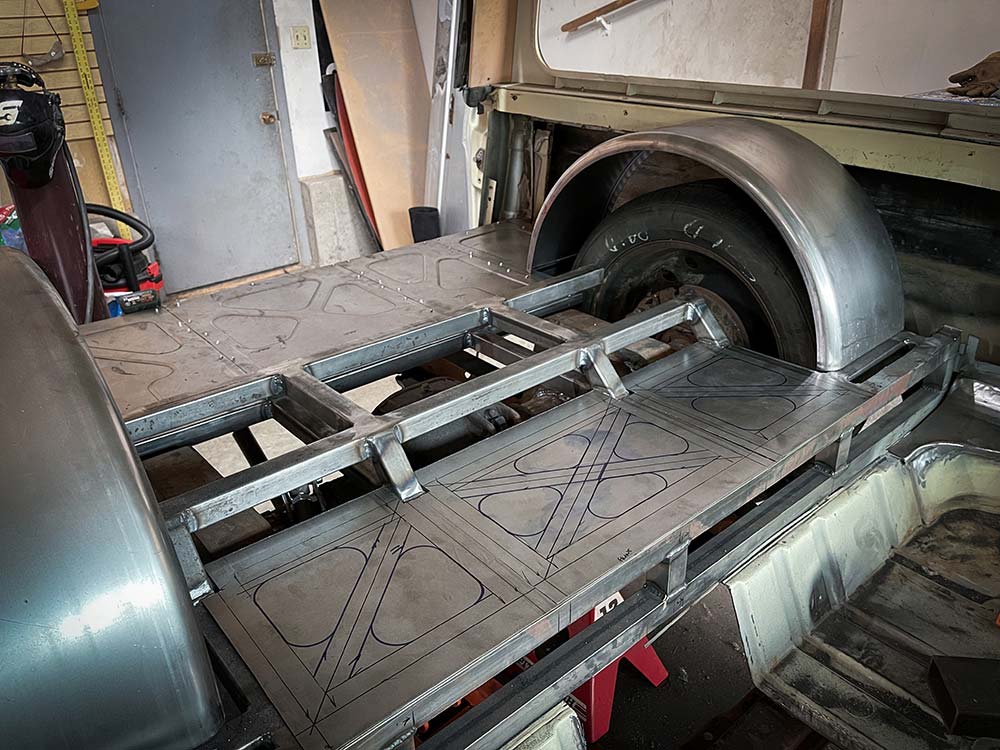
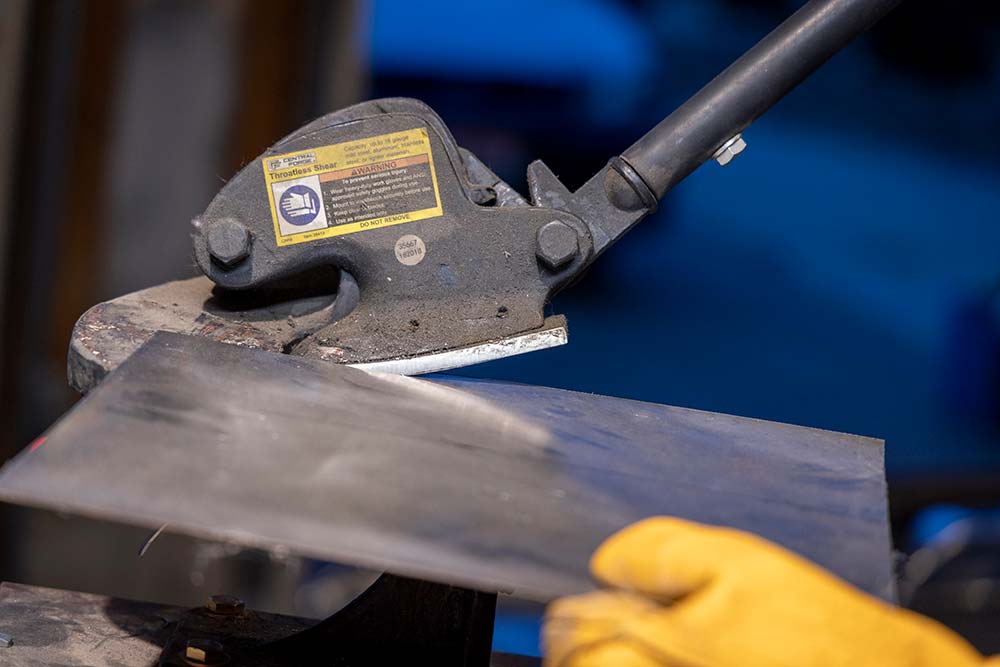
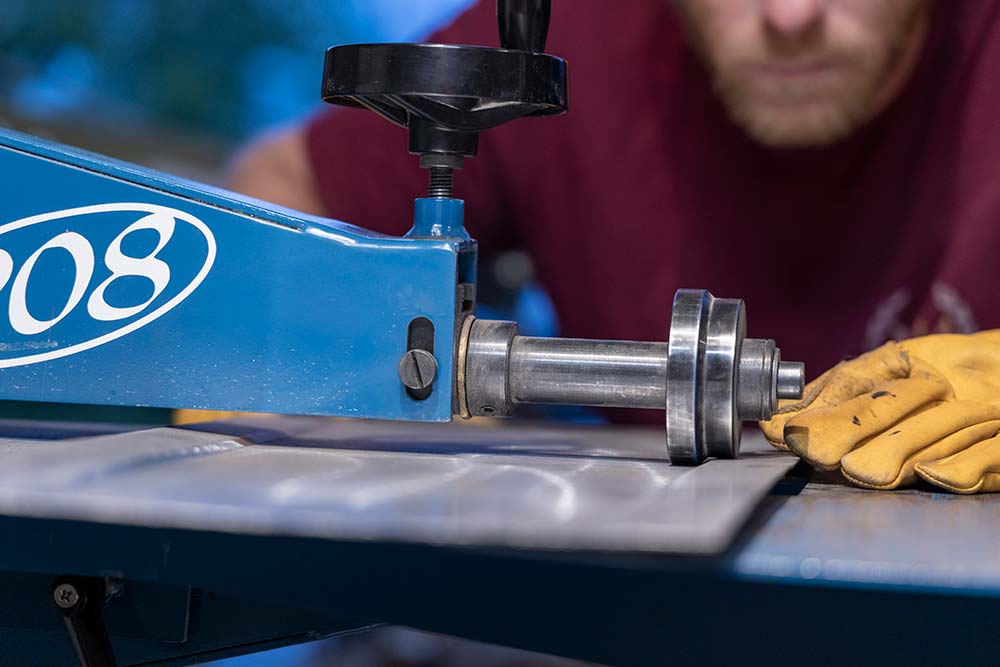
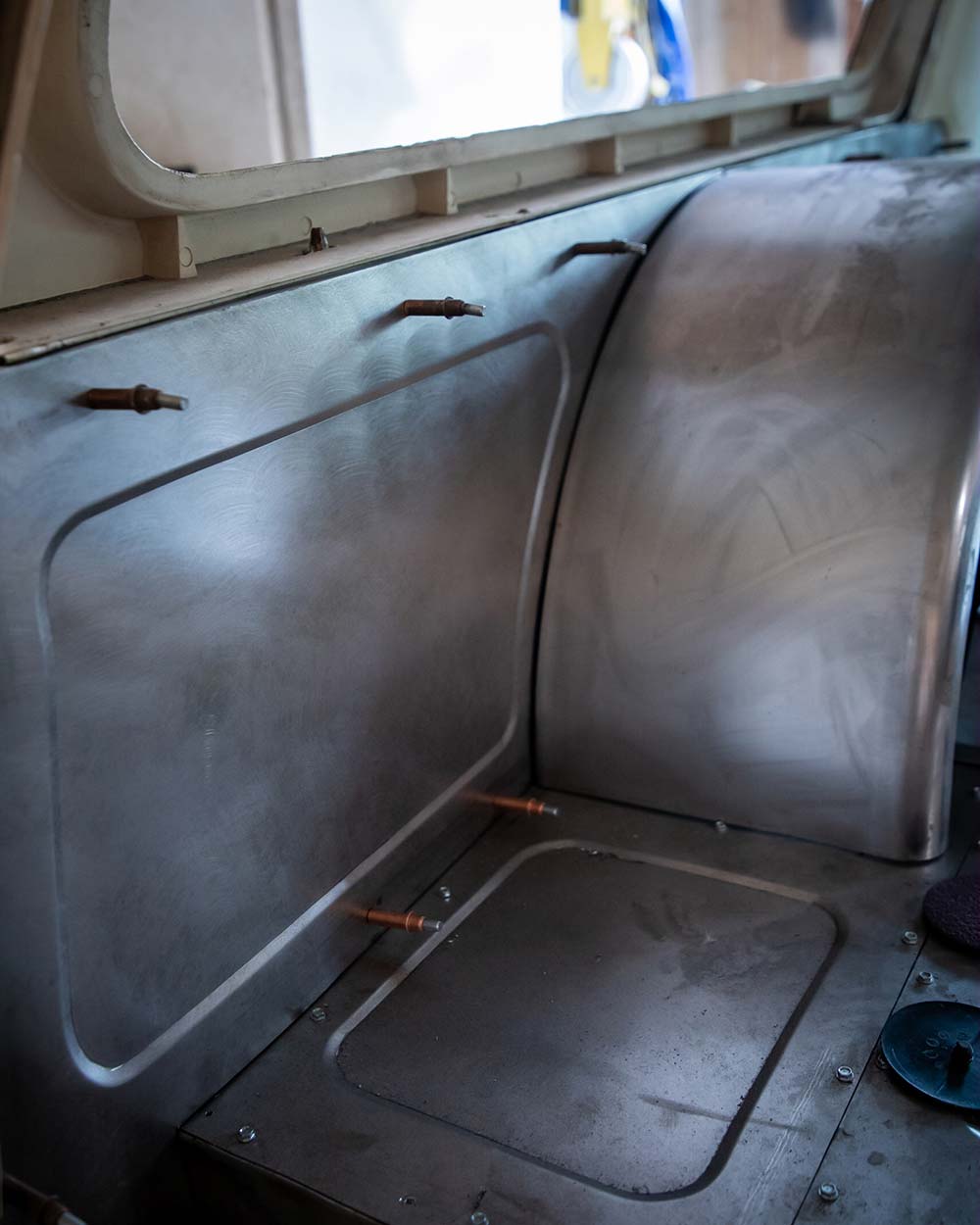
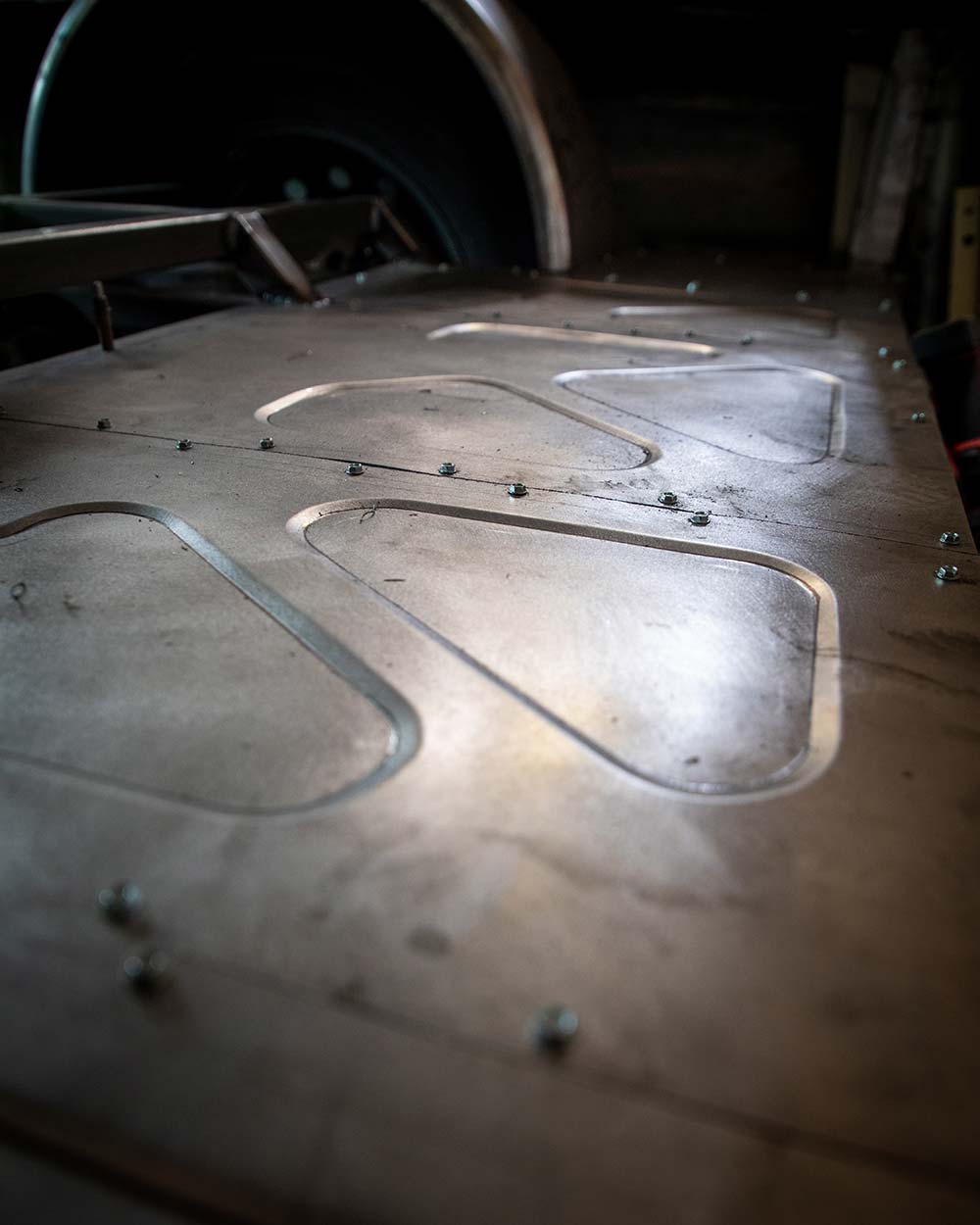
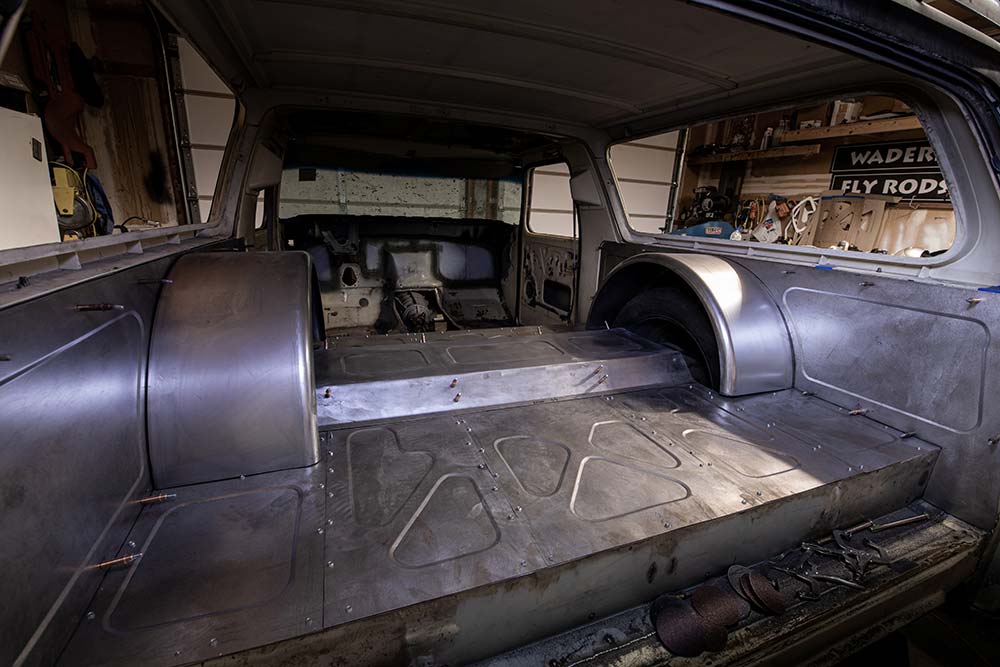
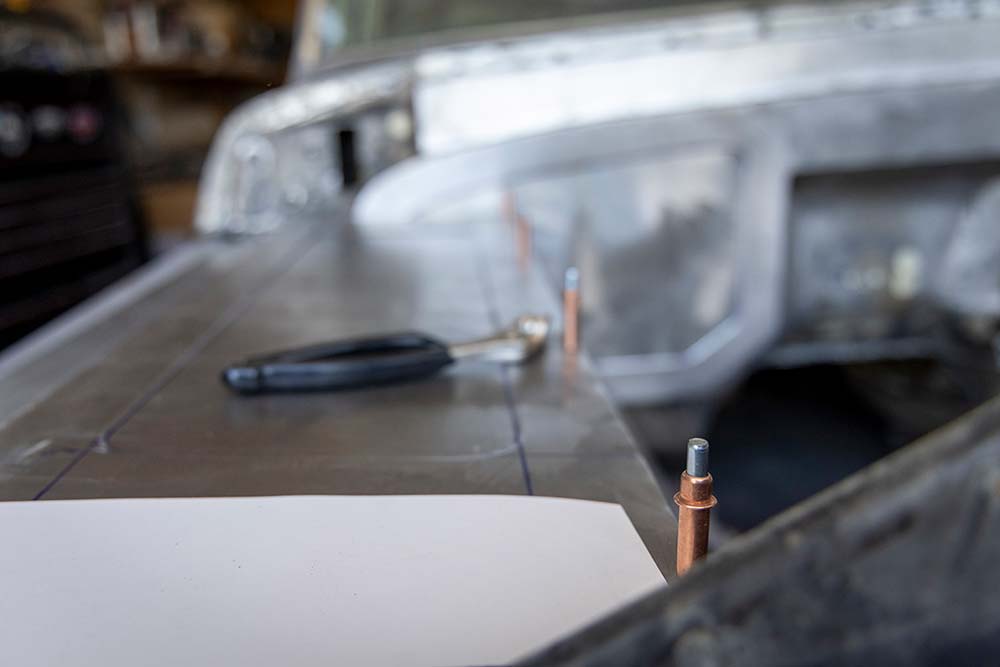
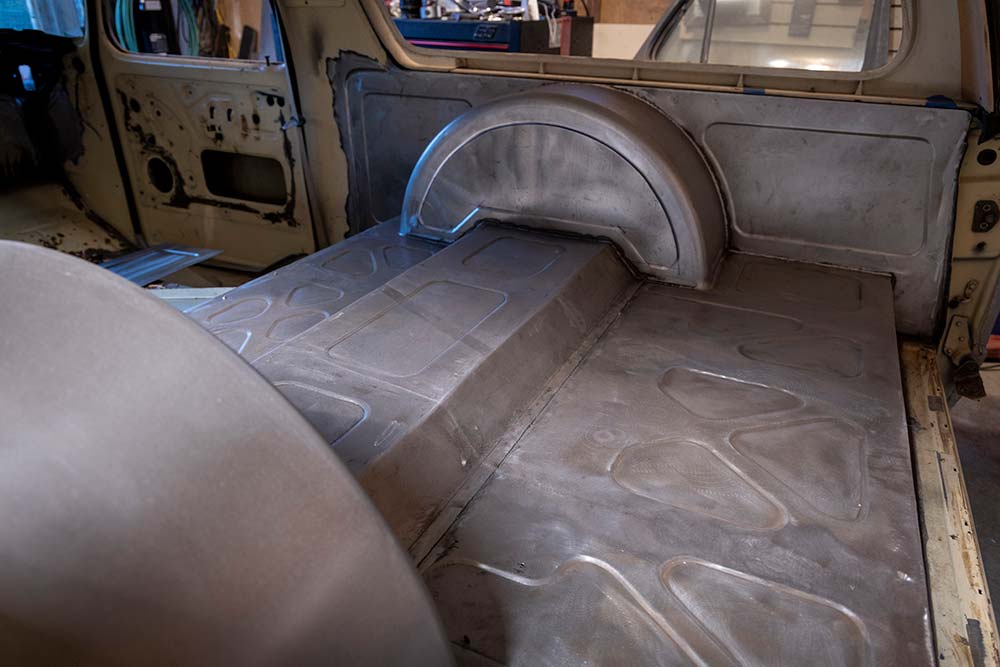

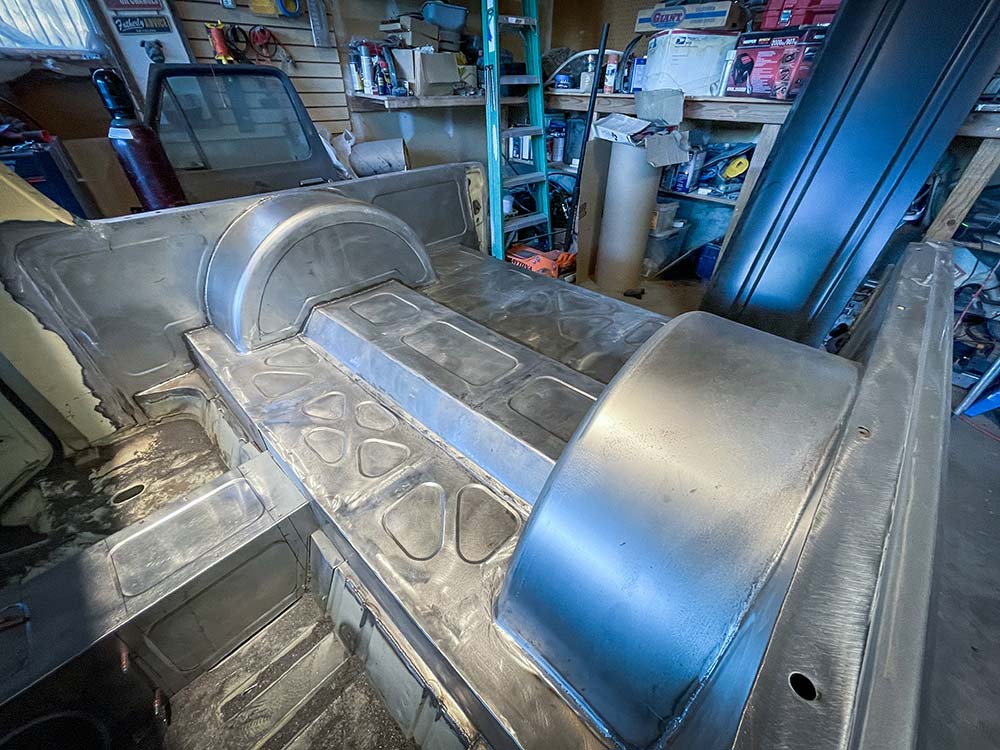
Share Link